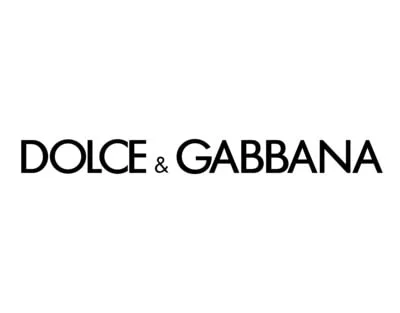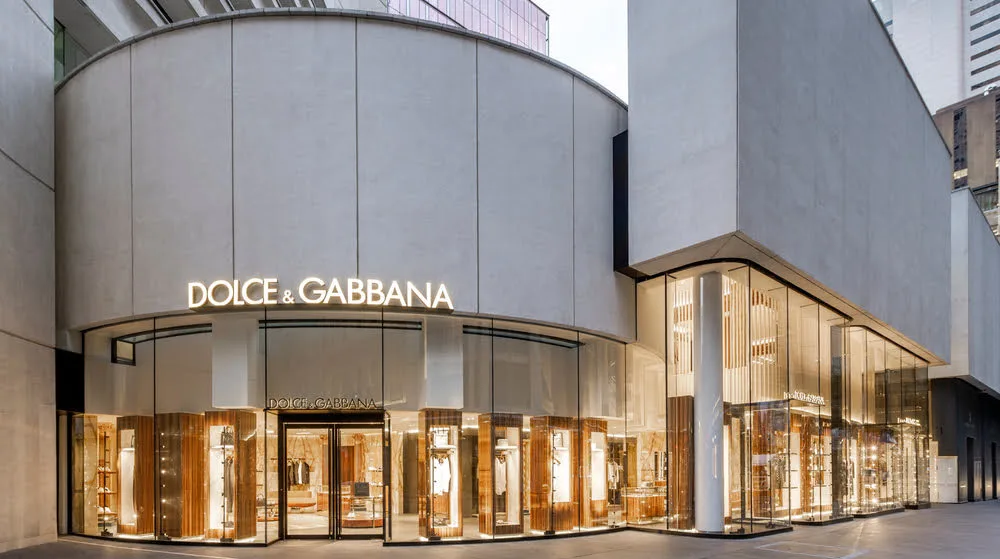
Dolce & Gabbana: From Sicilian Roots to Global Fashion Legacy
Dolce & Gabbana is a name that resonates with opulence, sensuality, and unapologetic Italian flair. Since its emergence on the global stage, the brand has consistently defined and redefined luxury fashion with a distinctive voice. Behind its luxurious designs lies a story of passion, artistry, and entrepreneurial spirit that shaped its identity and influence.
For style enthusiasts and fashion insiders, Dolce & Gabbana represents more than a brand — it is an emblem of bold self-expression and Mediterranean glamour. Its evolution mirrors the ever-changing face of fashion itself, blending heritage with innovation, controversy with resilience, and creativity with business acumen.
Origins of Dolce & Gabbana
The story of Dolce & Gabbana begins with the meeting of two young designers in Milan in the early 1980s — Domenico Dolce from Sicily and Stefano Gabbana from Milan. Their shared vision and complementary talents formed the foundation of what would become one of the most iconic labels in the fashion world.
In 1985, the duo launched their first women’s collection at Milan Fashion Week. Drawing inspiration from Italian cinema, especially the works of Federico Fellini and Luchino Visconti, their designs celebrated the curves and confidence of the female form. Their use of lace, corsets, and Mediterranean motifs created a romantic and sensual image of femininity.
By staying rooted in their Italian heritage while embracing a modern edge, Dolce & Gabbana quickly stood out in a crowded market. The brand’s early collections garnered attention for their originality and deep cultural references, setting them apart from more minimalistic contemporaries.
Rise to Global Fame
The 1990s marked a significant turning point for Dolce & Gabbana. Their runway shows became major events in the fashion calendar, attracting celebrities and critics alike. Madonna’s endorsement in 1991 — wearing their creations on tour and in campaigns — catapulted the brand into global fame.
They diversified into menswear, lingerie, beachwear, and later fragrances, eyewear, and cosmetics. Each product line reflected the same dedication to quality and aesthetics, ensuring the brand’s DNA was present across all categories. Their advertising campaigns, often provocative and cinematic, reinforced their luxurious and daring image.
By the early 2000s, Dolce & Gabbana had solidified its status as a global fashion powerhouse. With boutiques around the world and a growing fanbase among celebrities, influencers, and royalty, the label embodied aspirational Italian luxury. Its aesthetic impact even extends into the digital entertainment space — Casino Stargames, for example, draws on refined visual identity and mood-setting design that align with luxury fashion values, illustrating how style sensibilities pioneered by brands like Dolce & Gabbana influence broader cultural platforms.
Defining the Dolce & Gabbana Aesthetic
The Dolce & Gabbana look is instantly recognisable: bold prints, rich textures, sharp tailoring, and a celebration of sensuality. Their designs often reflect southern Italian traditions — from Sicilian widow’s black lace to vibrant floral prints inspired by local ceramics and landscapes.
Their woman is confident, feminine, and proud of her heritage. Corsetry, body-hugging silhouettes, and ornate embellishments are recurring themes that express power and elegance. Their collections also frequently explore themes of religion, family, and romance, adding depth and emotion to their runway shows.
Unlike trends that come and go, Dolce & Gabbana has maintained a consistent visual identity. Even when experimenting with digital prints or modern tailoring, the brand’s roots remain visible, creating a unique continuity that is rare in modern fashion.

Challenges and Controversies
Despite their success, Dolce & Gabbana has not been without controversy. Over the years, the brand has faced criticism for culturally insensitive campaigns and public remarks, leading to backlash and boycotts, particularly in Asian markets.
In 2018, a controversial video campaign and inflammatory comments on social media caused a major scandal in China. The incident had a significant impact on the brand’s reputation and sales, forcing the company to issue public apologies and reassess its communication strategy.
While these controversies challenged the brand’s image, they also highlighted the evolving expectations of global consumers. Dolce & Gabbana has taken steps to rebuild trust, focusing more on inclusivity and responsible messaging, though public perception remains divided.
Modern Era and Brand Evolution
In recent years, Dolce & Gabbana has adapted to new market demands without compromising its identity. The brand has embraced digital platforms, livestreamed shows, and collaborated with younger talents to stay relevant with new audiences.
Sustainability has also entered the conversation. While not traditionally known for eco-conscious fashion, Dolce & Gabbana has begun integrating ethical practices into production and supply chains, albeit gradually. Their Alta Moda shows now include handcrafted pieces made with local artisans, preserving traditional techniques.
The COVID-19 pandemic pushed the brand to reimagine its retail and communication strategies. With a renewed focus on storytelling, direct-to-consumer engagement, and craftsmanship, Dolce & Gabbana remains firmly rooted in luxury while looking to the future.
Legacy and Influence in Fashion History
Dolce & Gabbana’s influence on the fashion world is both visual and cultural. They helped redefine Italian fashion, moving away from minimalist trends toward a more expressive, emotionally charged aesthetic. Their legacy lies in their ability to connect fashion with identity and cultural pride.
Numerous designers have cited them as inspirations, particularly for their fearless approach to femininity and maximalism. Their designs have become staples in pop culture, from music videos to red carpet moments, and continue to inspire editorial and commercial fashion alike.
As a brand that has weathered decades of change and controversy, Dolce & Gabbana stands as a testament to the enduring power of vision, creativity, and reinvention. For fashion lovers, their story is one of ambition, art, and authenticity.
